June 29-July 7, 2021
Portland was . . . interesting. We didn’t like the traffic and we hated seeing the many homeless encampments because we couldn’t imagine that the people living there could be healthy and safe. On Sunday morning we had a nice geocache find–an old firehouse converted to a residence–and a good meal in a neighborhood restaurant. The next geocache, however, was at a memorial to firefighters and its dry fountain was full of trash and feces. After that we kept our caching to areas outside of the city.
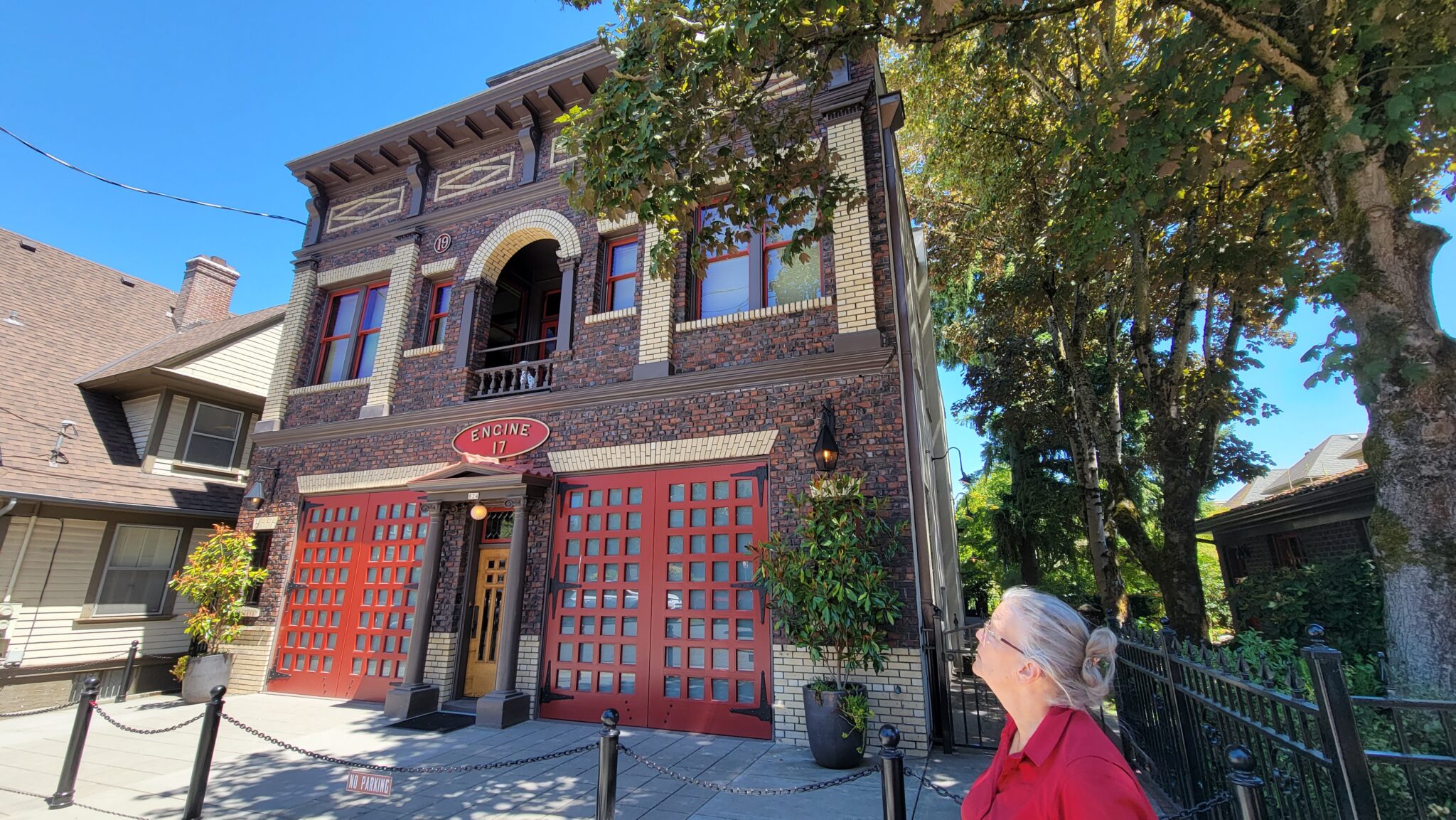
Our RV park was about six miles onto Sauvie Island, itself about 10 miles north of downtown Portland. The island was home to a Chinook tribe known as the Multnomah. By 1830 most of the natives had died of a fever known as ague. In 1841, the Hudson’s Bay Company established a dairy on the island to produce butter for Russian settlements in Alaska. By 1856 the island had been staked out for farms. Today it is agricultural land (berries, peaches, vegetables, flowers) and a wildlife area.
Sauvie Island is one of the largest river islands in the U.S. It’s 15 miles long and 4 miles wide–about the size of Manhattan. 1,000 people live there. The RV park itself is one of the quietest we’ve experienced–the hum of ships traveling the Willamette River to and from the port of Portland was the loudest thing we could hear. The park’s water had levels of arsenic that made the water undrinkable and the showers didn’t quite live up to the cleanliness boast on the website but the park was a good base for exploring the surrounding area.
We enjoyed a visit to the confluence of the Willamette and Columbia Rivers.
The Willamette River’s high water had washed the soil from around tree roots making them look as if the trees are walking.
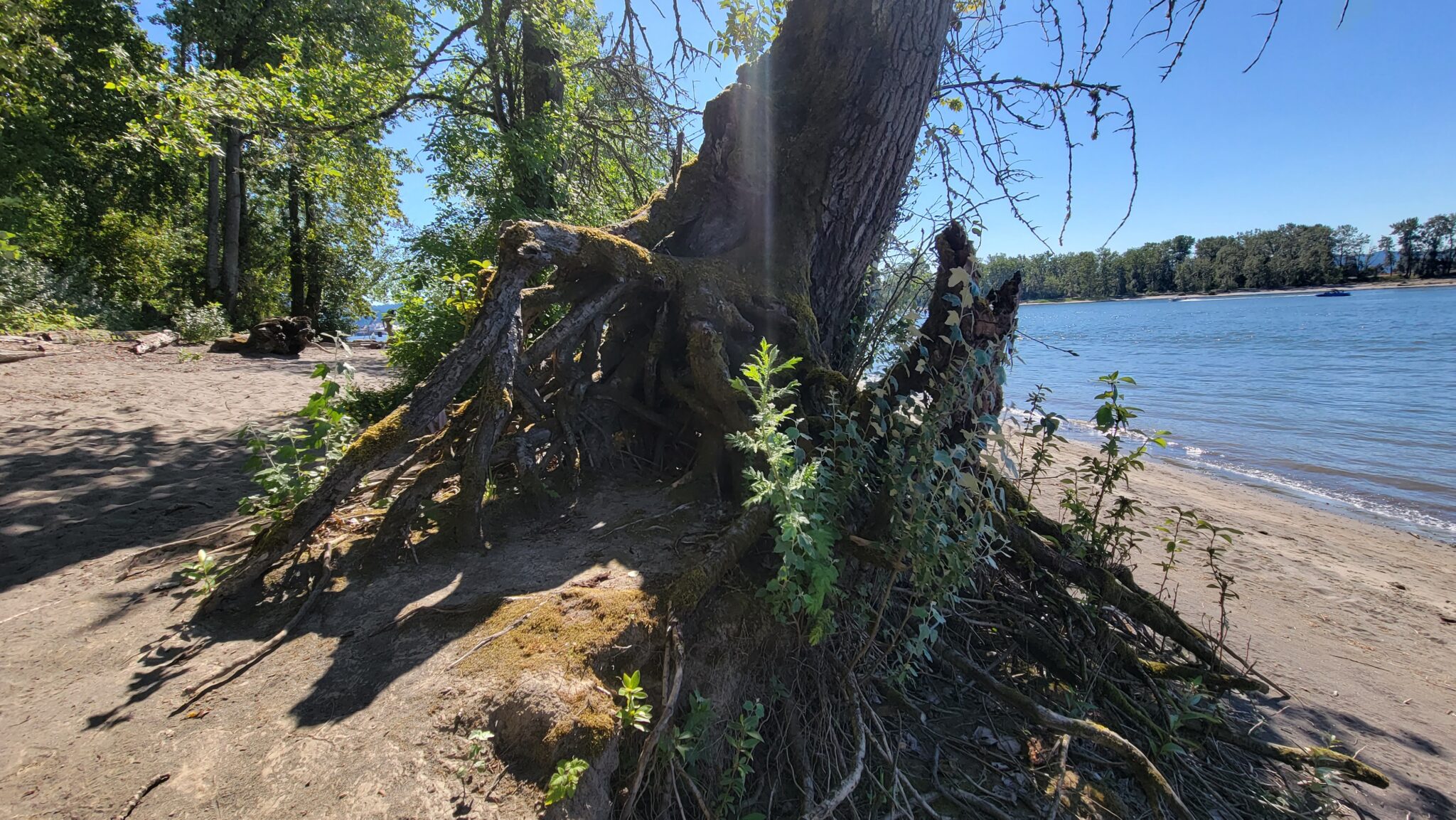
A nearby hiking trail was lined with three kinds of cherry, apple, and plum trees. Lunch and a walk!
The very first geocache was placed not far (that is, about an hour and a half) from the coach. We found its site and a couple of other older caches nearby.
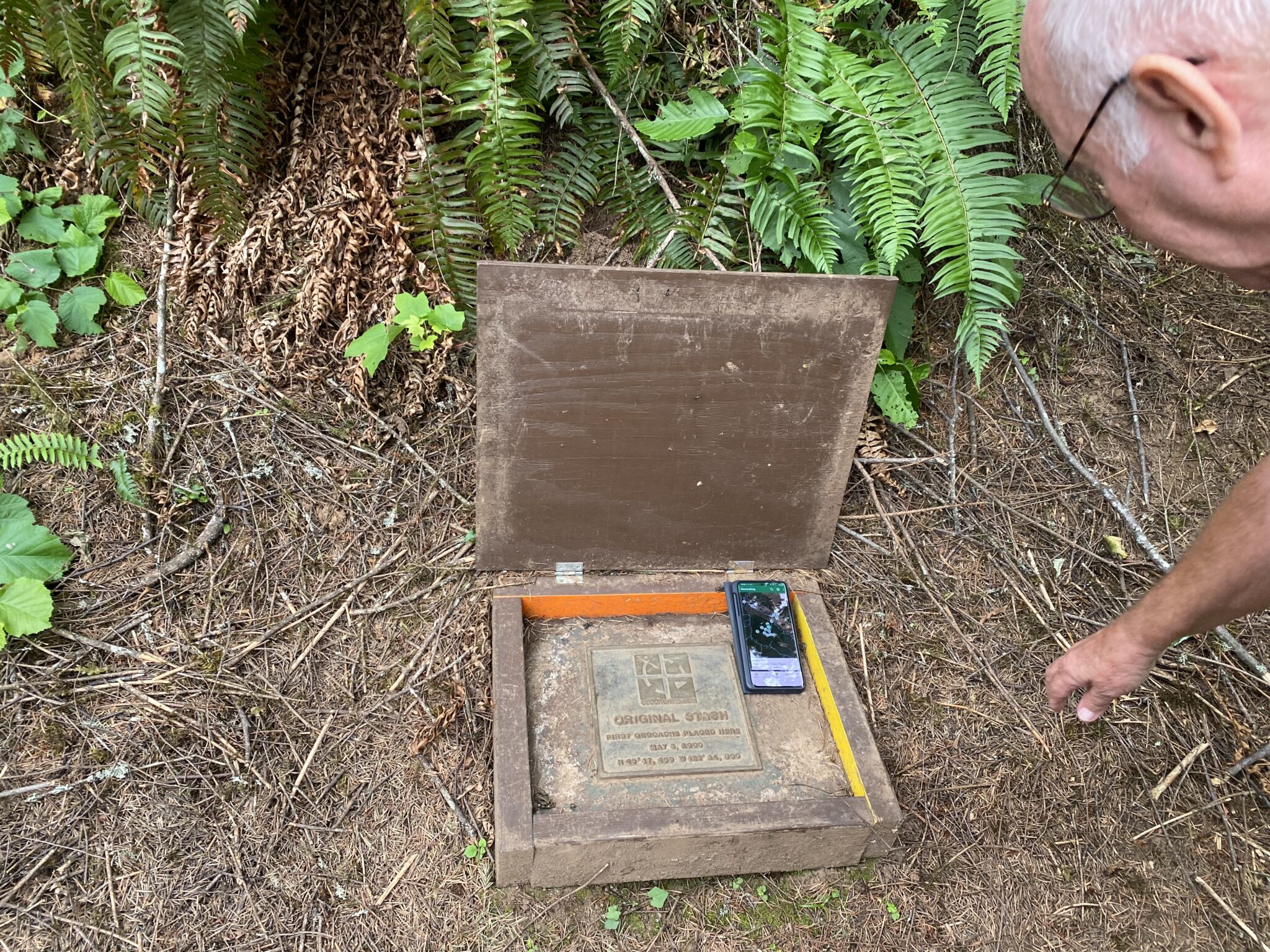
We enjoyed wildflowers as we searched for caches.
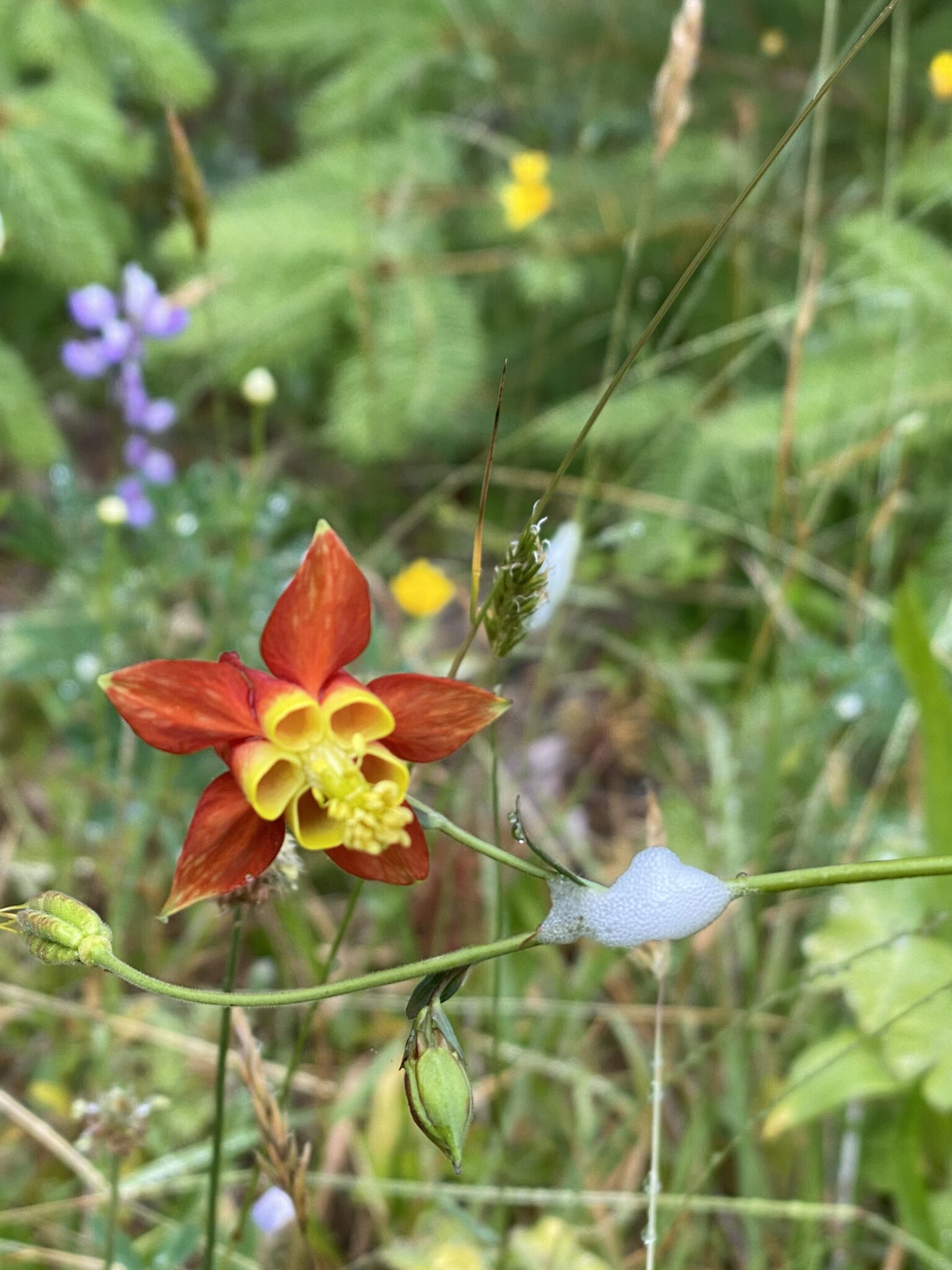
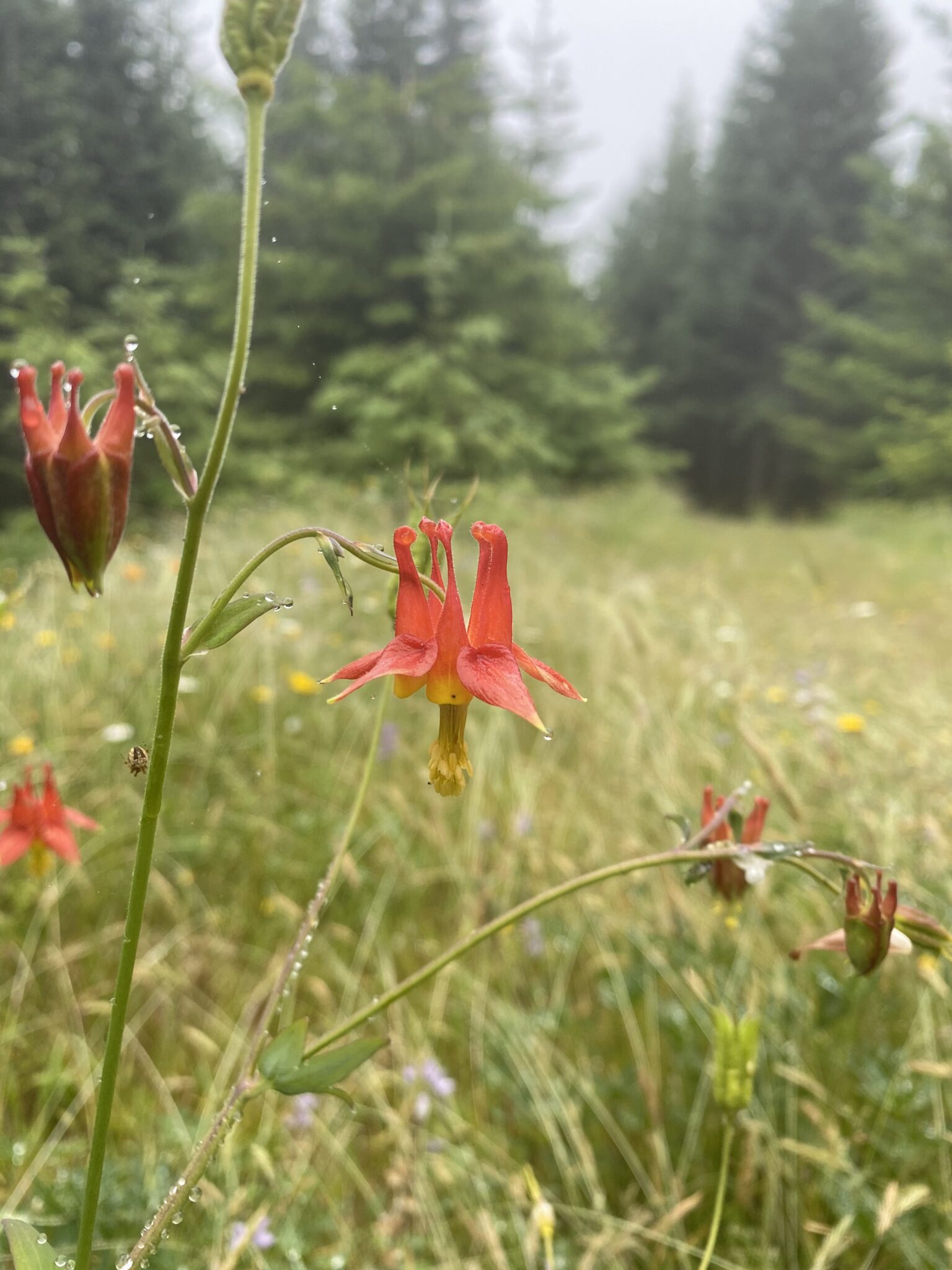
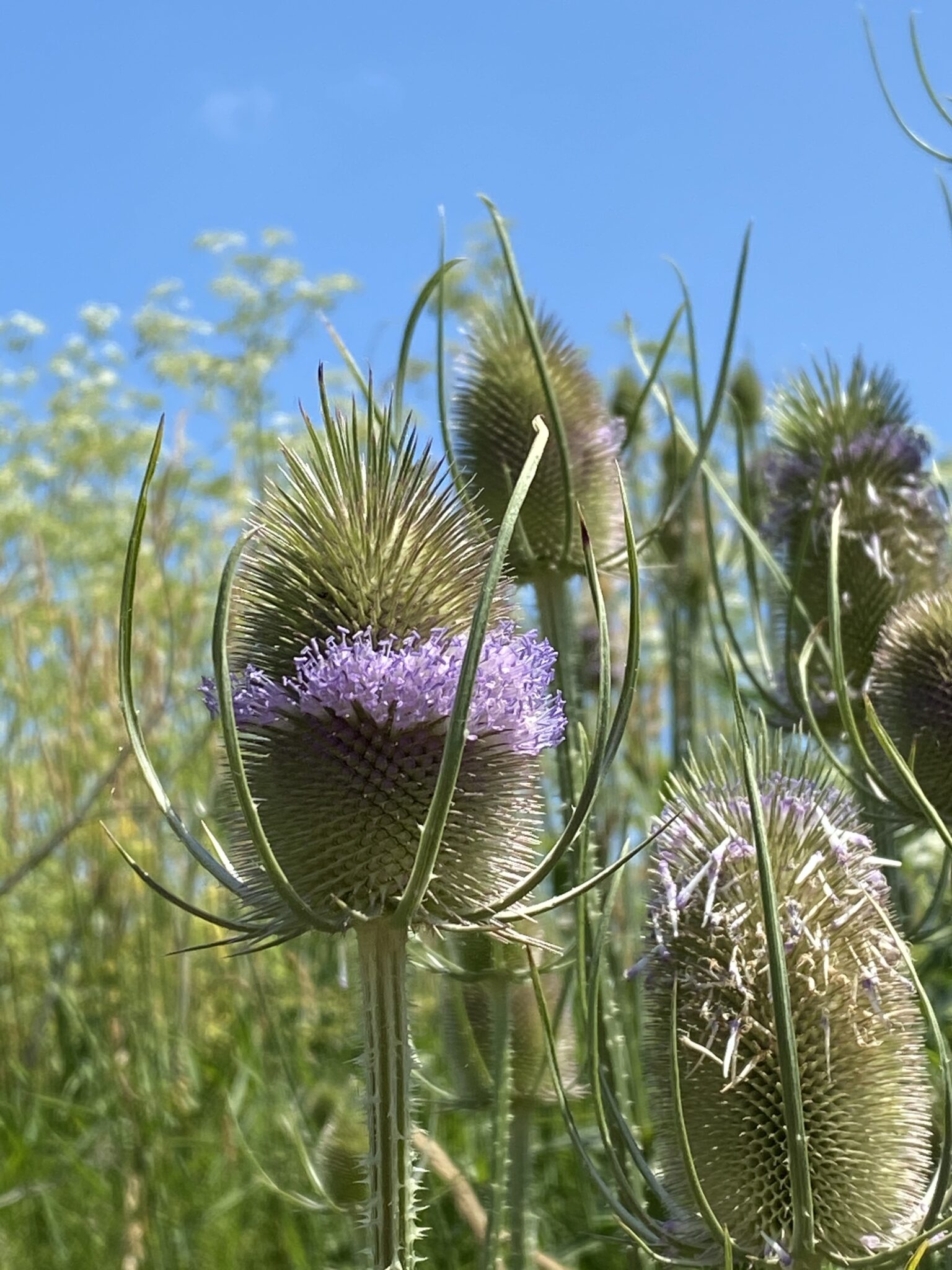
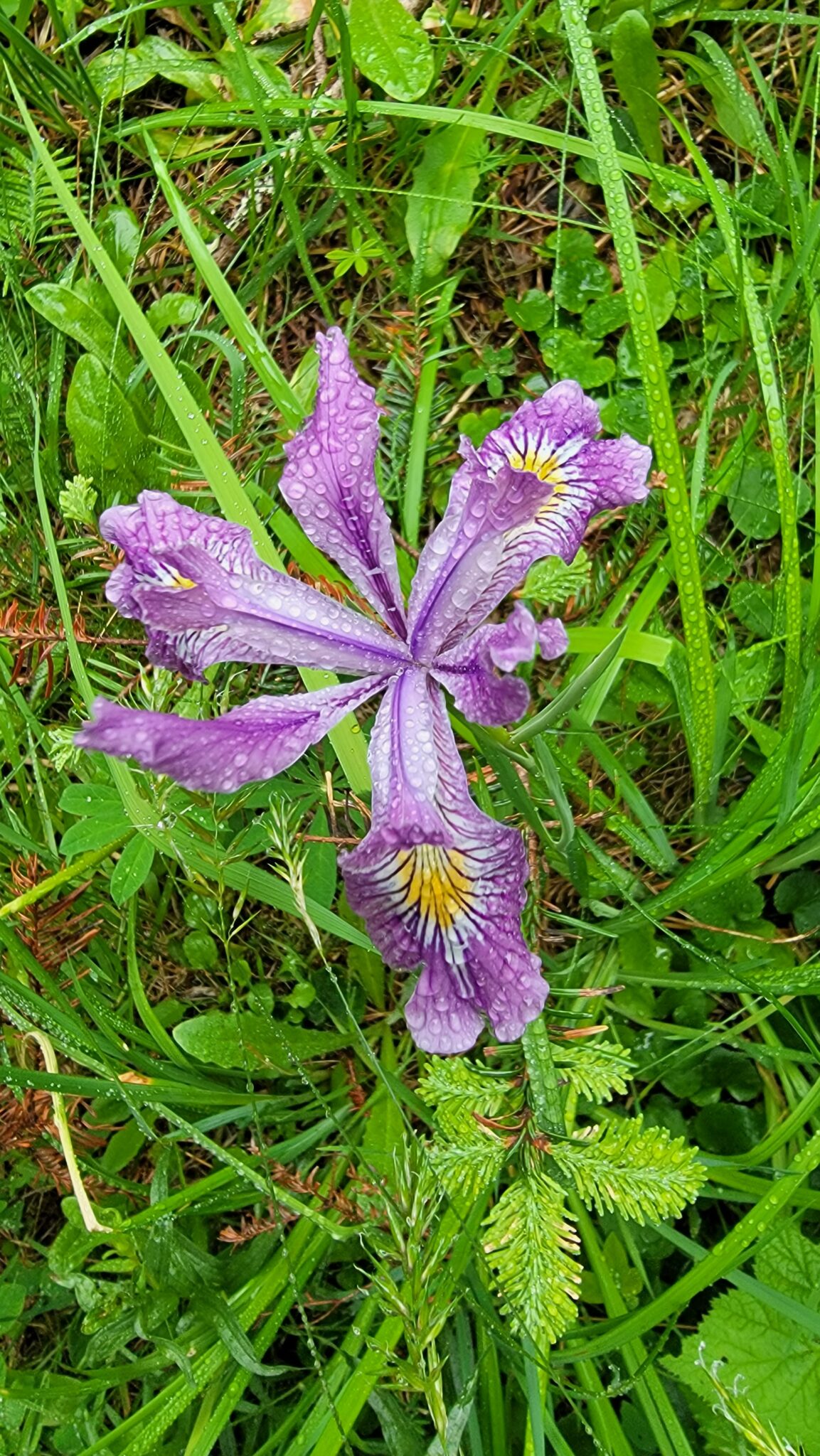
One cache was about halfway to the Oregon coast so we headed over to Tillamook where we toured the Tillamook Creamery.
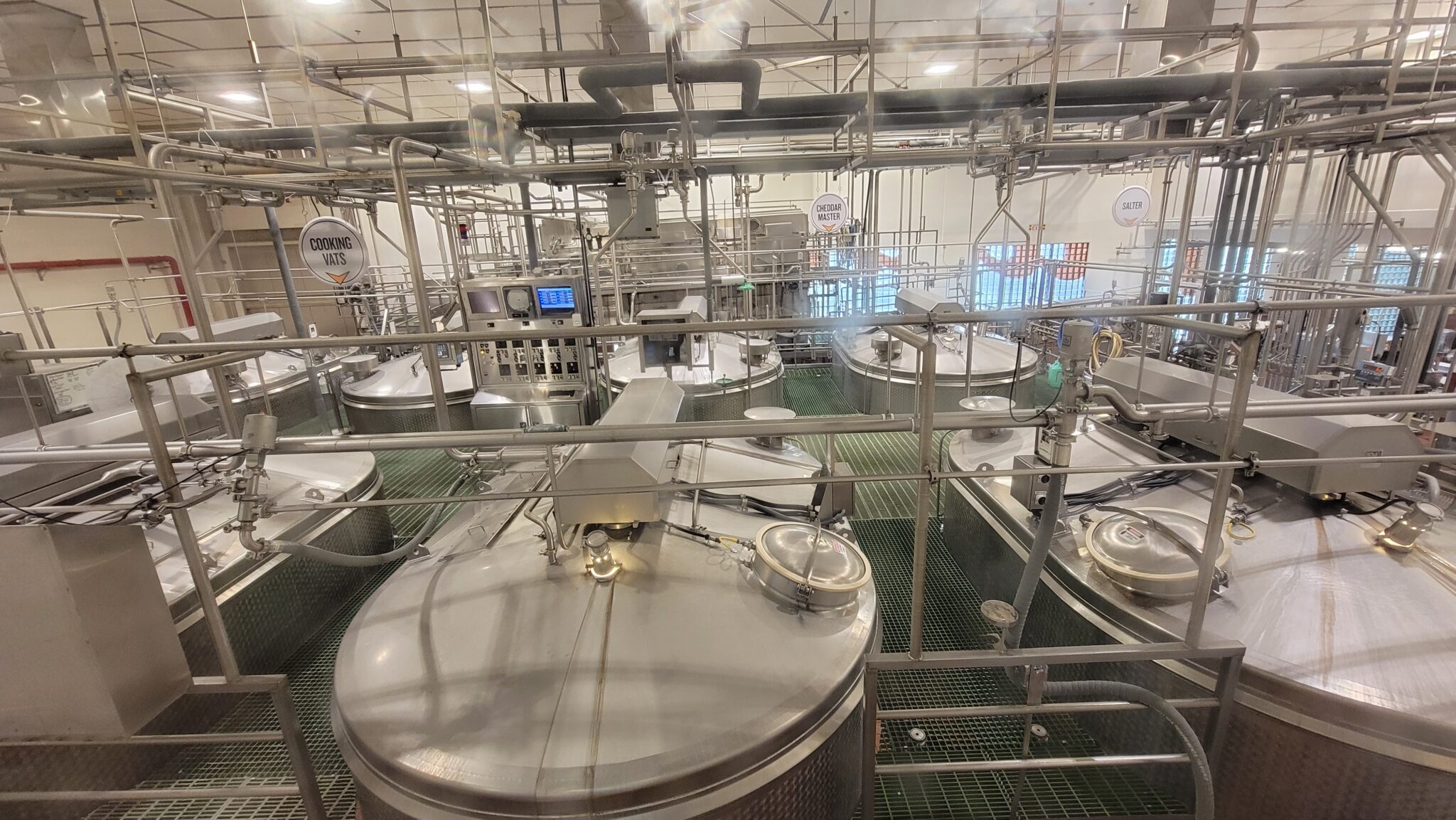
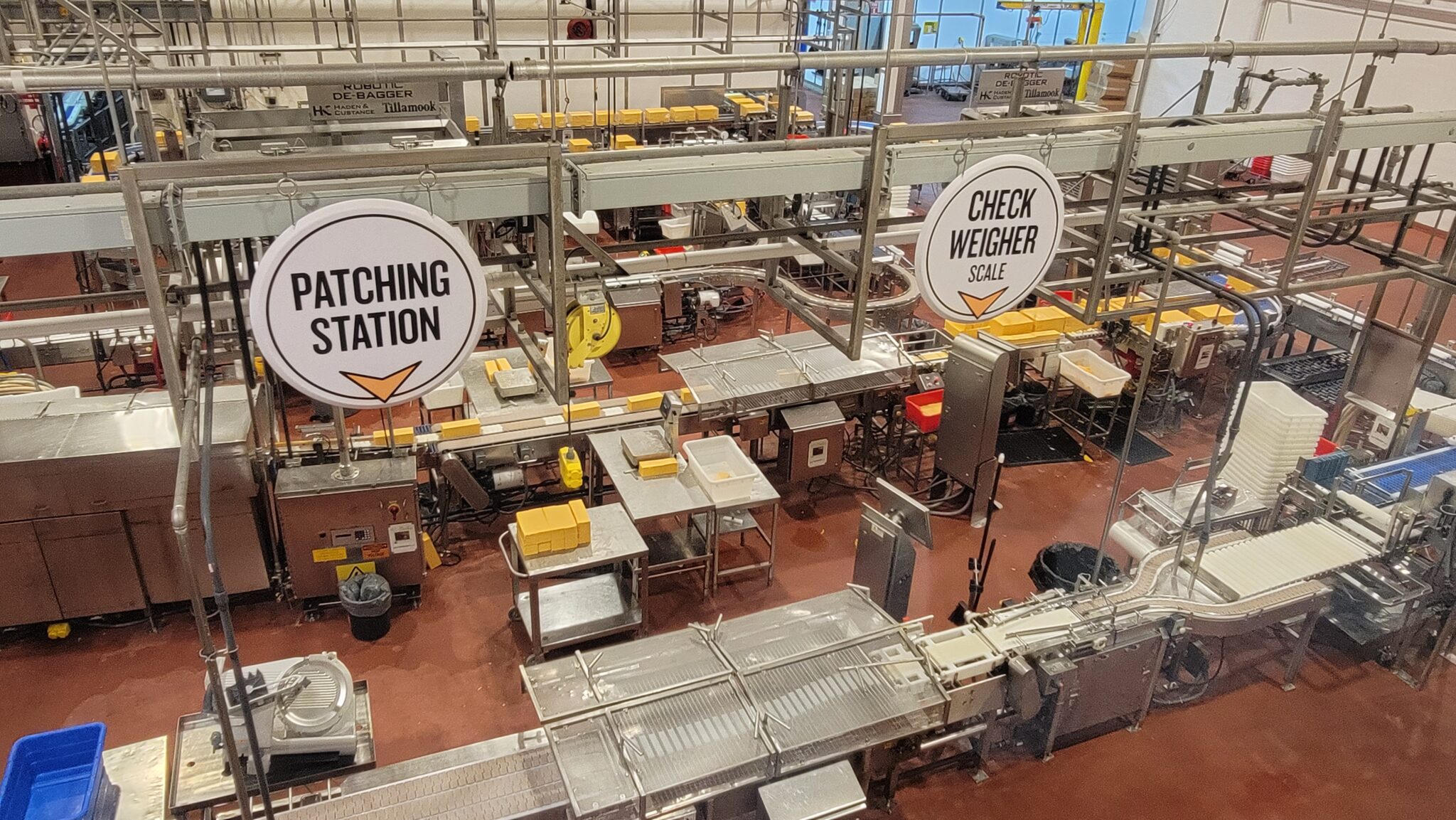


The next two shots helped us meet the requirements for two earth caches.
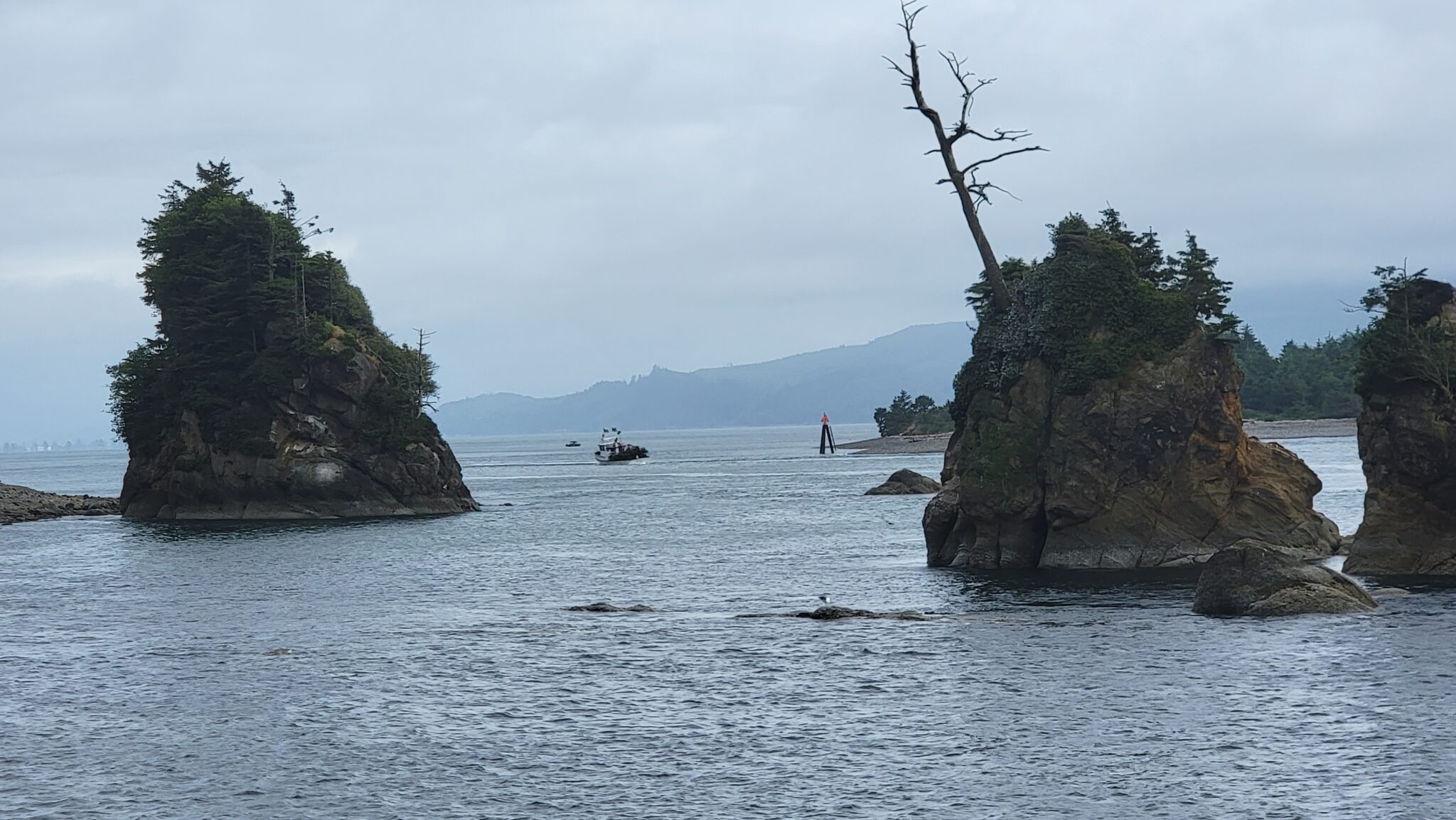
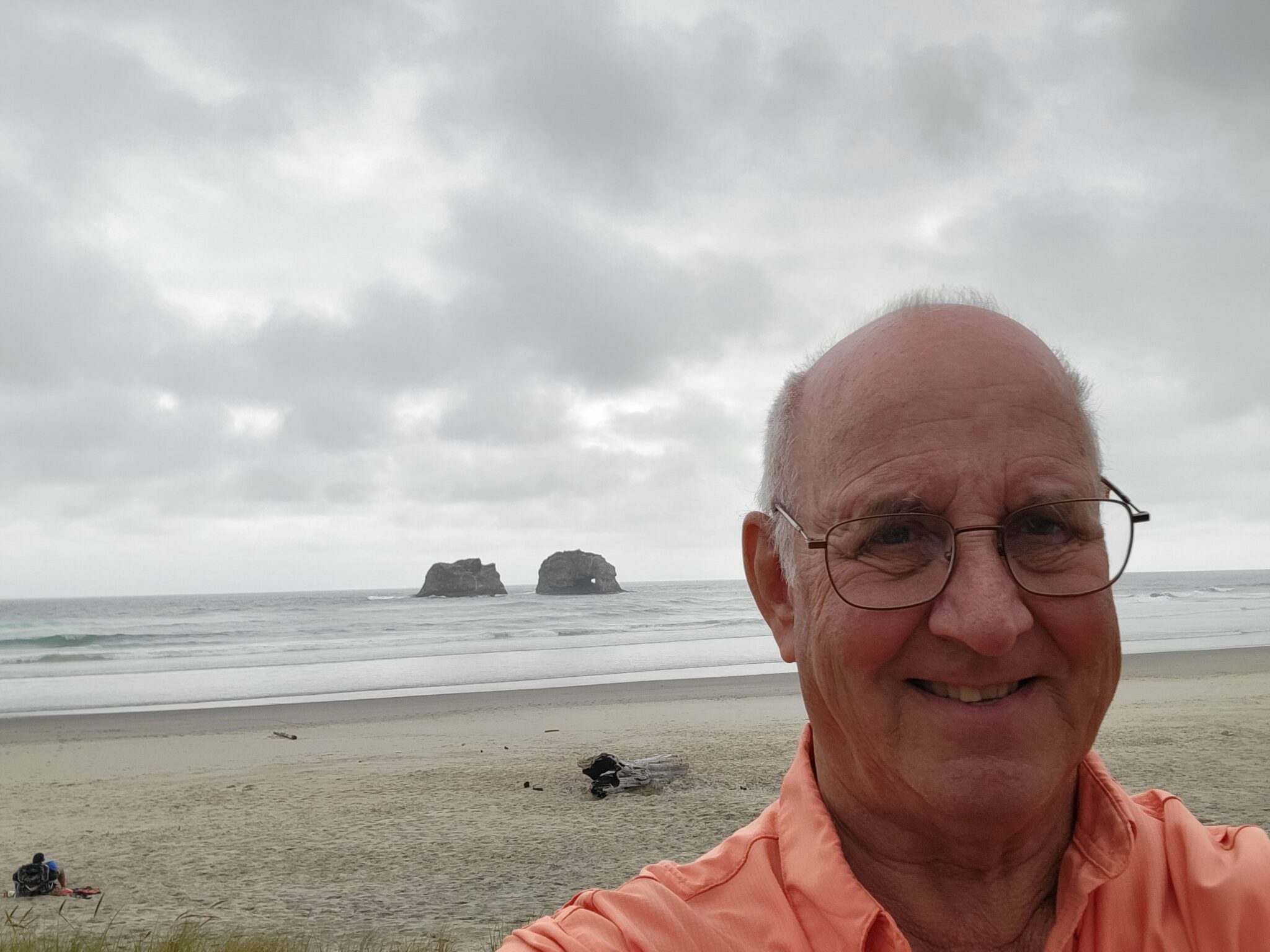
Willamette Falls is the largest waterfall in the northwestern U.S. by volume. It falls 40 feet and spans 1,500 feet. It was the location of a native salmon fishing village before it became Oregon City 1848. It marked the end of the Oregon Trail. For a few years it was the capital of the Oregon Territory and boasted the first Protestant church, newspaper, and Masonic lodge west of the Mississippi. A lumber mill was built at the falls in 1842, and flour, woolen and paper mills soon followed. Today the falls are barely recognizable for the industrial development surrounding them, but plans are underway to develop a riverwalk and to allow the public to access the base of the waterfall.
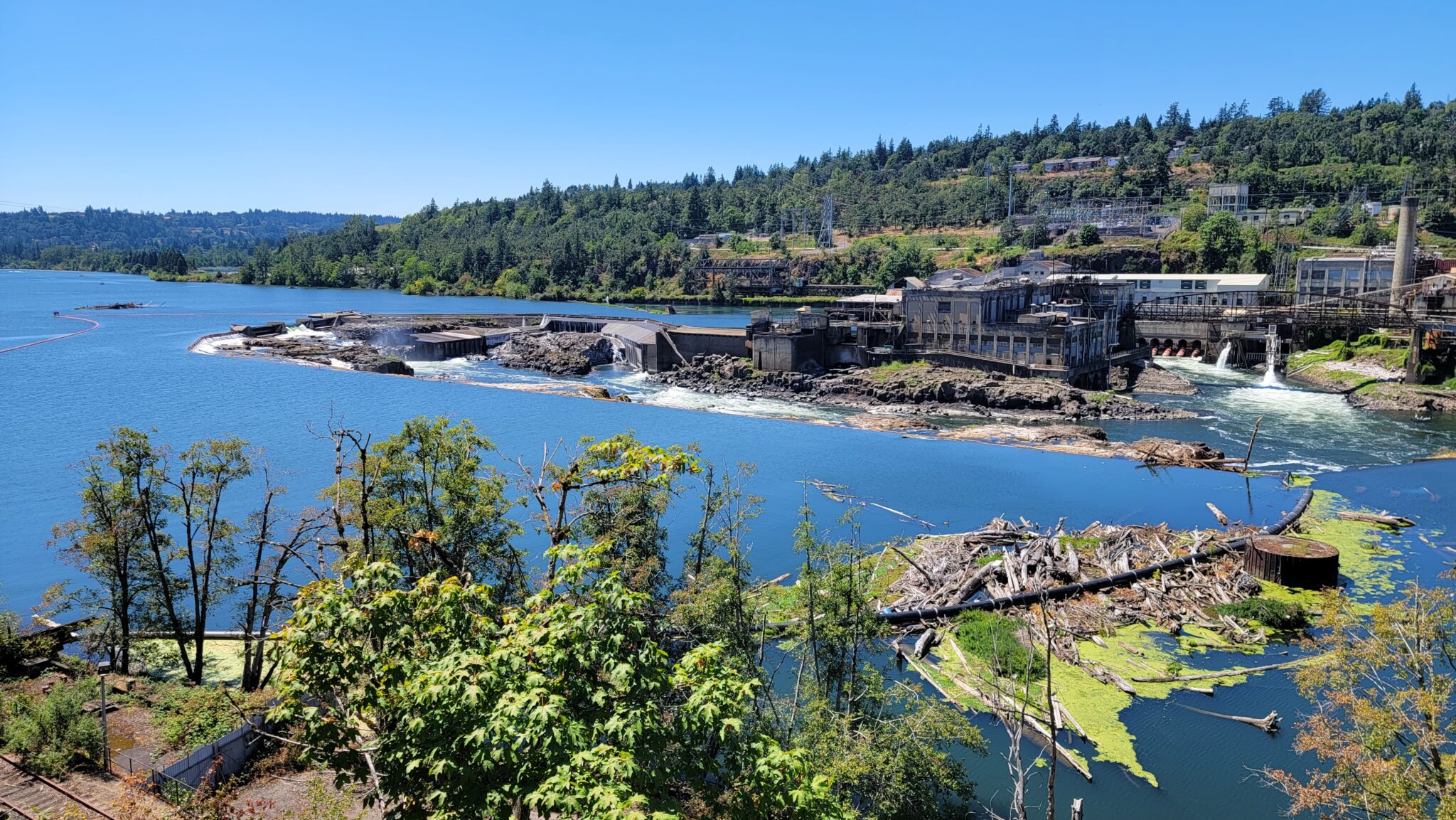
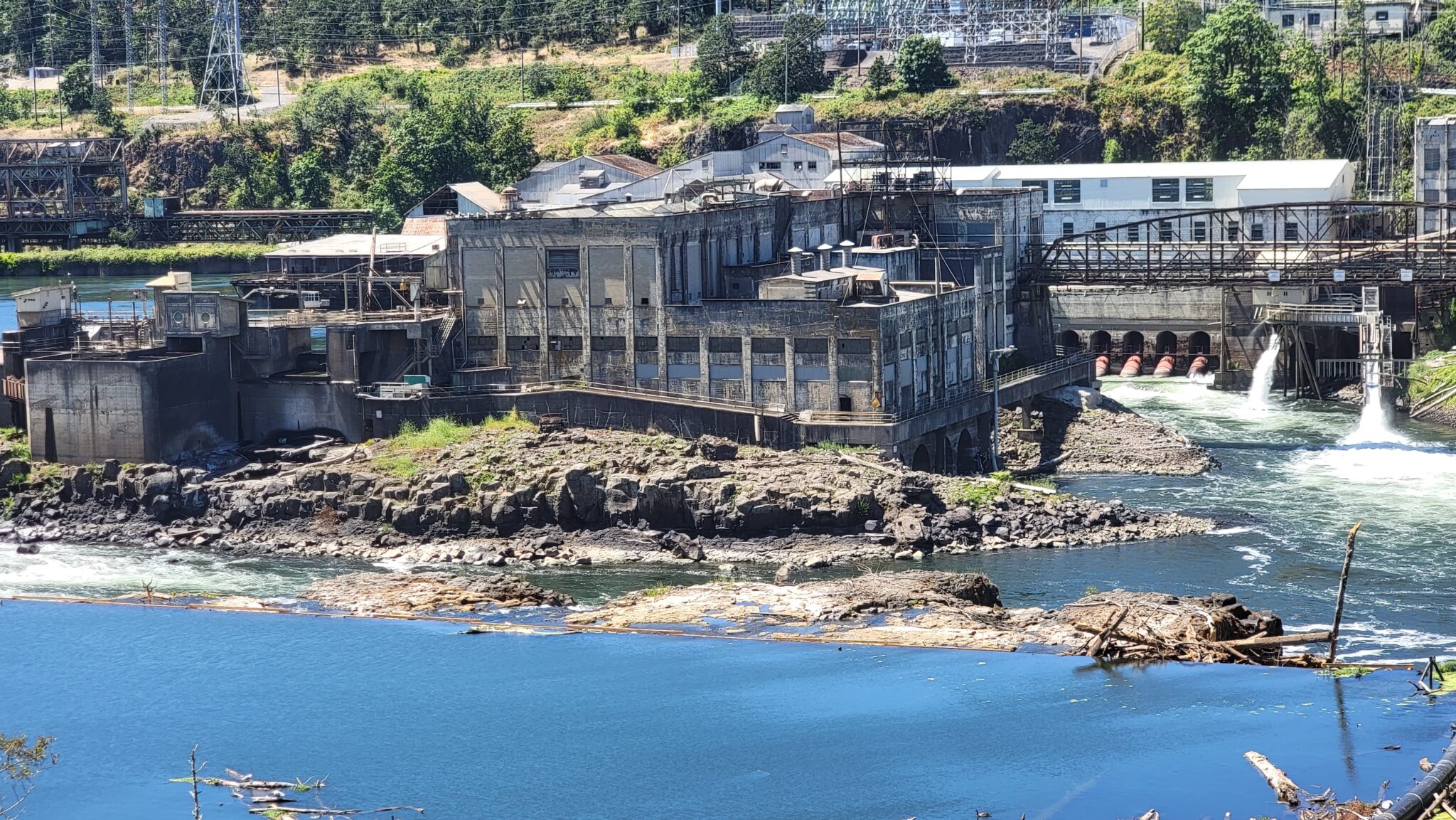
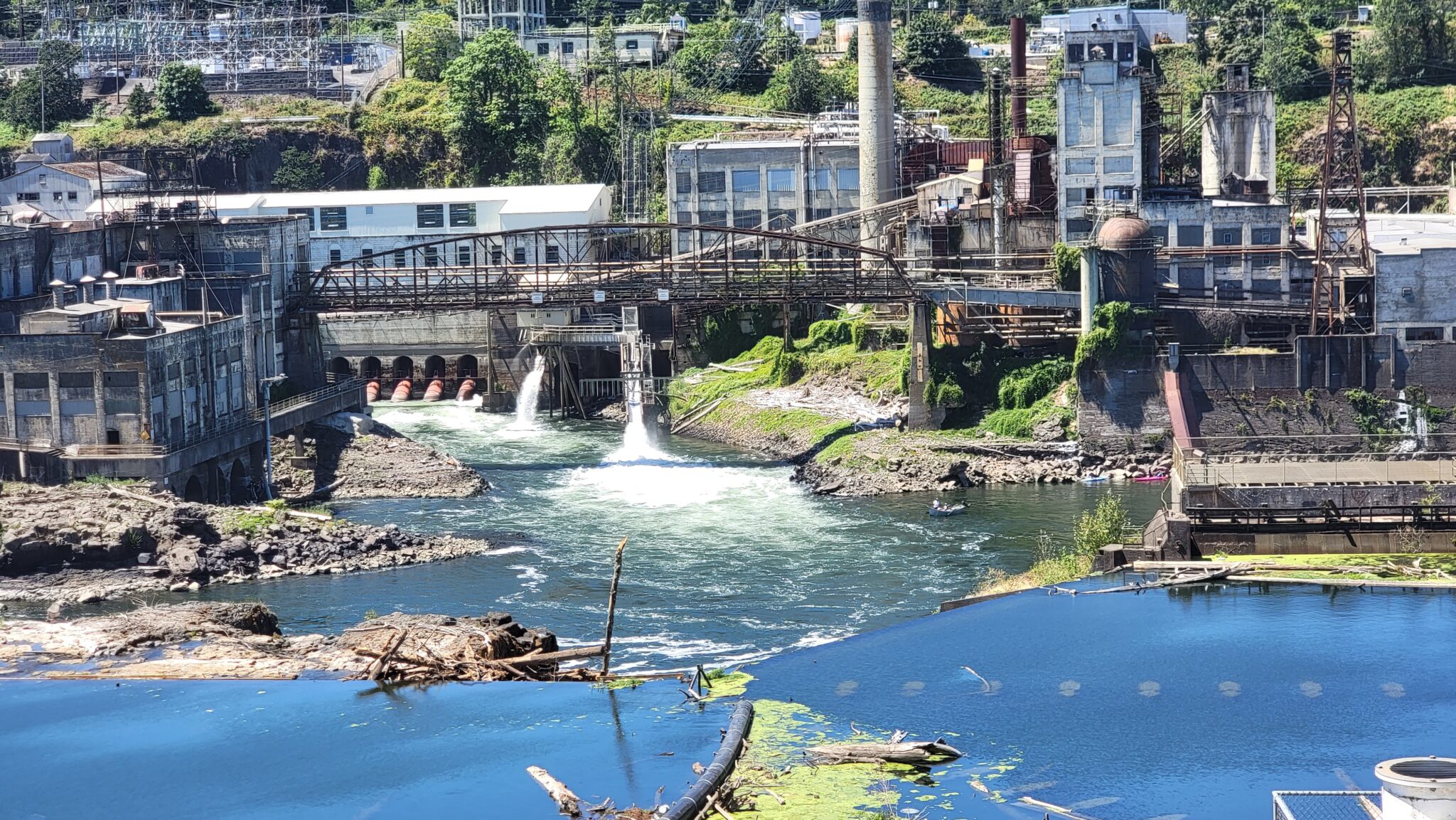
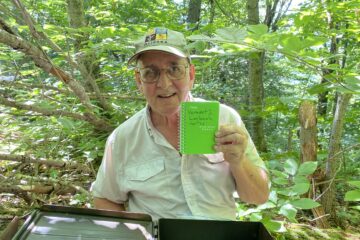
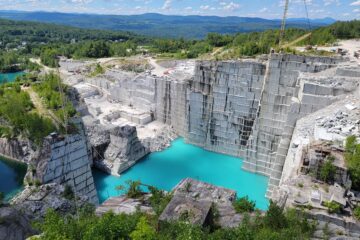
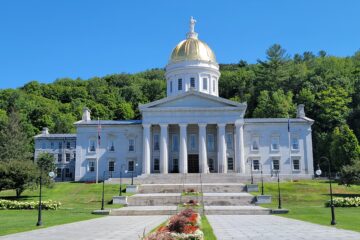
3 Comments
Chris And Christine Mcclure · July 19, 2021 at 5:48 pm
Look amazing. We have tillamook now. I can’t have any lol
Jane Appel · July 19, 2021 at 9:50 pm
Uncle Dave had a bite on your behalf! It wasn’t that good. Not.
Susan · August 17, 2021 at 9:33 am
The geocaching really takes you to interesting places and gets you on interesting trails. I will have to try it more often. It will get me out of the house….when it is not as hot as it is right now